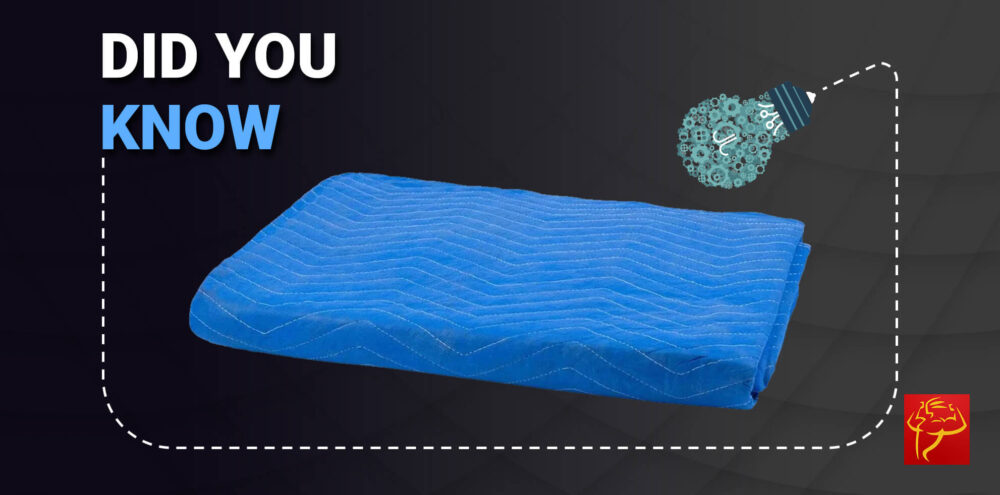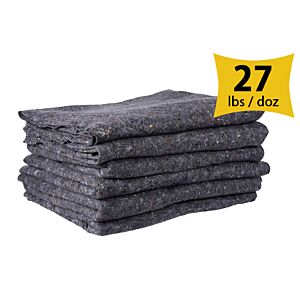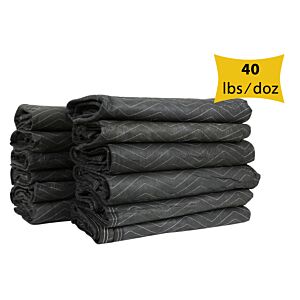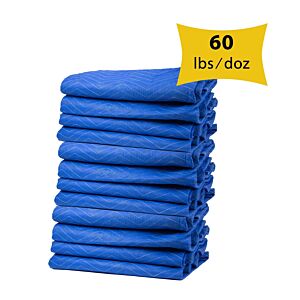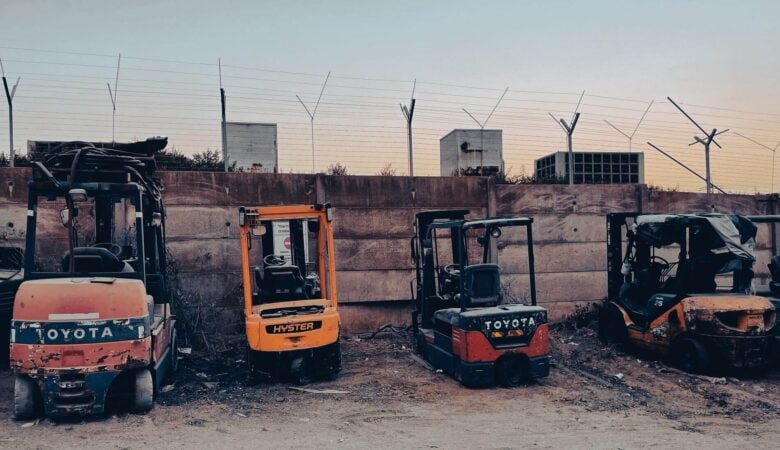A lot of what we write about in our blog deals with flatbed truckers and various types of cargo control equipment such as, tarps, winches and straps, bungees. This post is a little different. We know that a considerable number of our customers haul dry goods vans instead of, or in addition to, flatbed trailers. As such, they come to us for moving blankets and other related cargo control supplies better suited for dry vans.

Mytee Products carries two different kinds of moving blankets as well as filler pads. We want to make it clear that the quality of a driver’s moving blankets is just as important as the quality of his/her straps and winches. A low-quality product is not going to perform as well or last as long as a high-quality product.
If you are a dry van trucker who uses moving blanket, here are five things you need to know about them:
1. The Difference Between Woven and Non-Woven Blankets
When you look through our inventory of moving blankets, you will see that we sell both woven and non-woven products. What’s the difference? It is how the fabric used to create the blankets is manufactured. A woven fabric utilizes long threads that are actually woven together on a mechanical loom. Non-woven fabrics are made of fibers that are bonded together through some sort of heat, chemical, or mechanical process. There is no weaving or knitting involved in creating them.
Woven moving blankets are more expensive. They are more durable and longer-lasting than their non-woven counterparts, and they tend to hold up much better under tremendous stress. Non-woven blankets are designed for more routine use and are less expensive.
2. Moving Pads Are Not the Same
In addition to moving blankets, we also sell moving pads. Drivers should note that pads and blankets are not the same things. Pads are meant to fill empty space between objects to protect them from damage that might be incurred during travel. Some truckers simply buy pads and use them both for filling space and doing the job of the moving blanket. This isn’t a better choice when hauling fragile loads.
3. Moving Blankets Are Not Weather-Resistant
There are legitimate uses for moving blankets on flatbed trailers. For example, you might cover fragile cargo so that it’s not damaged by straps winched down tightly. But moving blankets are not weather-resistant. When using them on flatbed trailers, the entire load must be covered with tarps to provide protection against the elements.
4. Buying in Bulk Is Cheaper
Truck drivers can save money by purchasing their moving blankets in bulk. Companies like ours receive inventory directly from manufacturers in preset packages. Rather than break up a package of blankets, we prefer to sell them intact and at a lower price. It is better for our customers and easier for us for inventory purposes.
5. It’s Best to Have a Variety
As with truck tarps, it’s best to have a variety of moving blankets on hand in order to accommodate any kind of load. The average trucker will probably have mostly economy blankets with a smaller number of premium blankets and moving pads. The variety gives a driver the most possible options for any given job.
Truck drivers who haul dry goods vans need to secure their cargo every bit as much as flatbed drivers. When the job calls for it, moving blankets can be invaluable for cargo control. We invite you to shop with Mytee Products for your cargo control equipment, for both flatbed trailers and dry goods vans.


